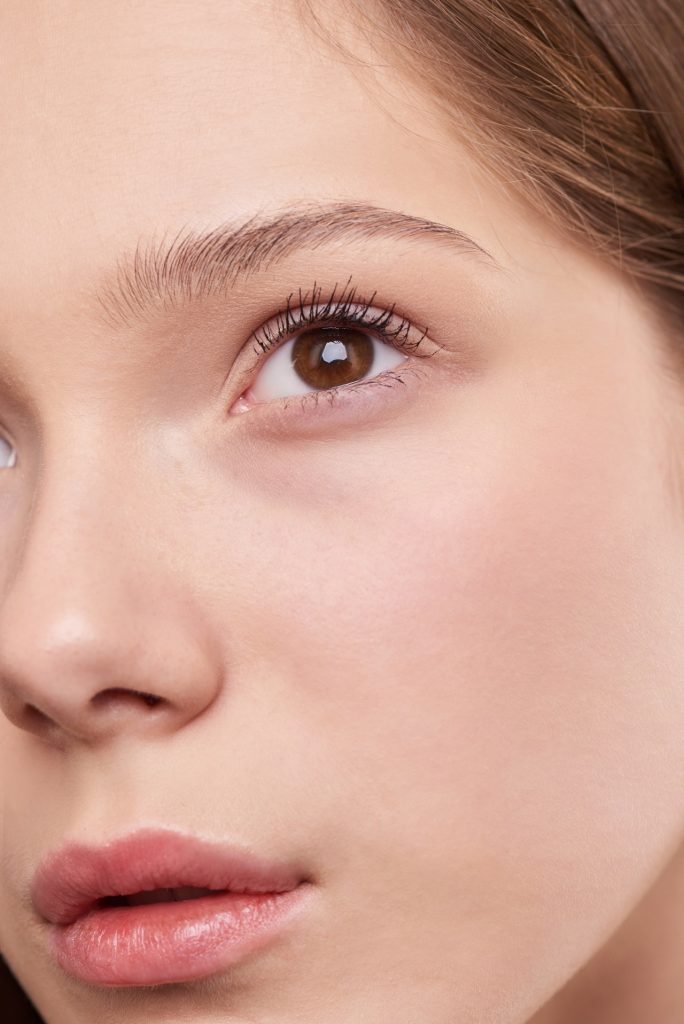
I don’t know about you but I’ve always had problems with dry skin. It started in my teenage years all the way to college – and my chosen profession didn’t exactly help matters.
I’m in pharmaceutical sales which means that I’m almost always on the road with no time to really focus on my skin care routine.
Oddly enough, the only reason I got hydrafacial in the first place is because I opted for laser hair removal along my top lip.
While I winced through the pain of laser hair removal, I also noted that the hydrafacial plumped up the rest of my skin. The change was obvious enough that I can ignore that patch of sensitive skin along my upper lip.
How does hydrafacial work?
I assumed hydrafacial was all about forcing the skin to take in moisture so it remains plump, elastic, and clear.
Going through the treatment, however, it was obvious that it was more than that. If you haven’t figured it out yet – hydrafacial is a form of facial and there are actually several types of those.
My dermatologist started with a consult, of course. After that, my skin was thoroughly cleaned and then gently scraped with a handheld device.
I’m told it’s a lot like dermabrasion where the outermost layer of the skin is gently scraped away so the young and fresh skin comes out.
Once that’s done, the pores are de-clogged and all the dirt stuck inside are removed. Hydration comes next where the skin is nourished using a special serum.
Since my pores have been cleaned of any dirt, the serum finds it easier to completely push through the skin.
The magic’s not done, though. After hydration, there are additional minerals placed onto the skin to target specific problems like sun spots, uneven skin tone, and fine wrinkle lines.
It really depends on how your skin looks and for me, I was given something that will help maintain the healthy skin. The whole process just took an hour or less and it was one of the most relaxing hours I ever had in my life.
Is it safe to take hydrafacial together with laser hair removal?
As I already said, I took hydrafacial during my laser hair treatment. Note though that I didn’t undergo both at the same time.
They were done on separate weeks since laser hair removal has to be scheduled a few weeks apart from each other to give the skin time to heal.
By sandwiching my hydrafacial between the laser hair removal treatments, I was able to get the most benefit from the treatment and lessen the sensitivity of my skin.
I’ve had both my hydrafacial and laser hair removal done in Point cook beauty salon and skin clinic, all under the same doctor. They told me other customers do the same thing all the time so I’m not really worried.
Is it painful?
No. There are zero after-effects of hydrafacial. In fact, I loved that the positive results are instantaneous. The moment I walked out of the clinic, I knew something really good happened to my skin.
I can only compare it to the feeling of putting on really expensive skin serum – but several times better. Of course, since the effect of hydrafacial isn’t permanent, this also means coming back once the benefits wear off.
Now, while my budget may not agree with multiple treatments – I’ve decided to use the hydrafacial as a “reset” button for my skin care routine. Basically, after going through the treatment, it’s now so much easier for me to commit.
This is because I can see exactly how much my skin can improve through constant care. Personally, I’d book myself for a hydrafacial at least three times a year or if I have to show up for a really big event.
What about skin sensitivities?
This is the beauty of hydrafacial – it works for any and all skin types. I have dry skin and it worked beautifully on me. A friend of mine who has oily skin went through the same treatment – and came out glowing!
There’s really no restriction to its use and since it’s non-invasive, there’s no downtime. Simply put – you can have hydrafacial during your lunch hour on a Monday and come back to the office in the afternoon without any problem.